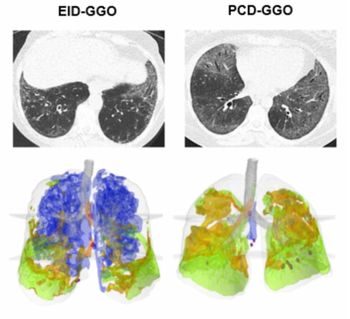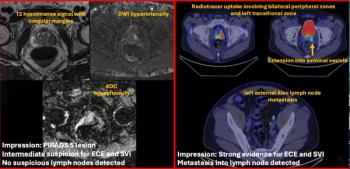
Current Perspectives on Prostate Cancer and Emerging Theranostic Agents, Part 1
In a recent interview, Emmanuel S. Antonarakis, M.D. discussed contributing factors to the recent American Cancer Society report about rising prostate cancer incidence and offered insights about the potential role of the radioligand agent 177Lu-PSMA-I&T for patients with mCRPC.
While a recent report from the American Cancer Society noted a 3 percent annual increase in prostate cancer (PCa) incidence and a 4.6-4.8 percent annual increase in advanced PCa diagnoses from 2014 to 2021, Emmanuel S. Antonarakis, M.D. said it is important to keep these statistics in perspective.
In addition to a downturn in PSA screening after an adverse recommendation from the U.S. Preventive Services Task Force (USPSTF) in 2012 and the aging of the population, there has been a “stage migration” with the advent of prostate-specific membrane antigen positron emission tomography (PSMA PET) contributing to the rise of advanced PCa detection, noted Dr. Antonarakis in a recent interview with Diagnostic Imaging.
“The reason why I am confident calling it a stage migration is that if you look at the mortality from prostate cancer during that same time frame, it has not increased. It's been relatively stable. So despite an increasing incidence and despite an increasing advanced disease prevalence, we are not seeing an increase in mortality. … The advent of these PSMA PET scans and other molecular imaging, while they increase the detection of disease, they will also artificially increase the number of advanced patients that are diagnosed,” explained Dr. Antonarakis, a Clark Endowed Professor of Medicine and director of genitourinary oncology with the Masonic Cancer Center at the University of Minnesota.
In discussing emerging theranostic approaches to treating PCa, Dr. Antonarakis noted the potential of the radioligand agent 177Lu-PSMA-I&T for patients with metastatic castration-resistant prostate cancer (mCRPC). While this modality is currently being evaluated in a phase 3 clinical trial, Dr. Antonarakis suggested that 177Lu-PSMA-I&T may emerge as a viable alternative prior to chemotherapy in this patient population.
“I would be extremely interested to see also how the overall survival looks. … We do not know if this is going to be the case, but if the overall survival is also positive, to me, that would be an advantage for a medical oncologist to select PSMA-I&T as opposed to PSMA-617, which the latter did not demonstrate an overall survival advantage in the pre chemotherapy setting. So, we shall see what the results are like,” posited Dr. Antonarakis.
(Editor’s note: For related content, see “
For more insights from Dr. Antonarakis, watch the video below.
Newsletter
Stay at the forefront of radiology with the Diagnostic Imaging newsletter, delivering the latest news, clinical insights, and imaging advancements for today’s radiologists.




























